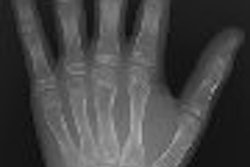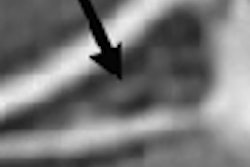Dear AuntMinnie Member,
The father of Western medicine and a Canadian-born convict are the founders of chiropractic care. In his writings, Hippocrates (460 to 357 B.C.) described how to maintain spinal health through manipulation. And in the late 19th century, Daniel David Palmer founded the Palmer School of Chiropractic in Davenport, IA.
Because he didn't practice as a traditional medical doctor, Palmer was tossed in jail for 23 days in 1906. A year later his son, Bartlett Joshua Palmer, introduced x-ray to the field, forging an enduring connection between imaging and spinal adjustment.
Since then, chiropractic care has survived campaigns to discredit it and grown in popularity: About 11 million people in the U.S. visit a chiropractor every year, according to the American Chiropractic Association.
So it's no surprise that governing agencies are sitting up tall and taking a closer look at the chiropractic arm of healthcare. Even Medicare appears to be cracking. Earlier in 2005 the two-year Medicare Chiropractic Demonstration Project was initiated to test expanded access to chiropractic services.
Under the policy, radiologists in just five U.S. states can be reimbursed for CT and MR scans ordered by chiropractors, though not everyone is doing backflips over the program. The American College of Radiology has cautioned its members that participation could constitute a liability risk. And Medicare auditors are still cracking down on radiologists who bill for chiropractor-ordered imaging in other states.
Staff editor Tracie L. Thompson examines the related twists and turns in our featured article. Click here to read more, or visit the Orthopedic Imaging Digital Community.



















